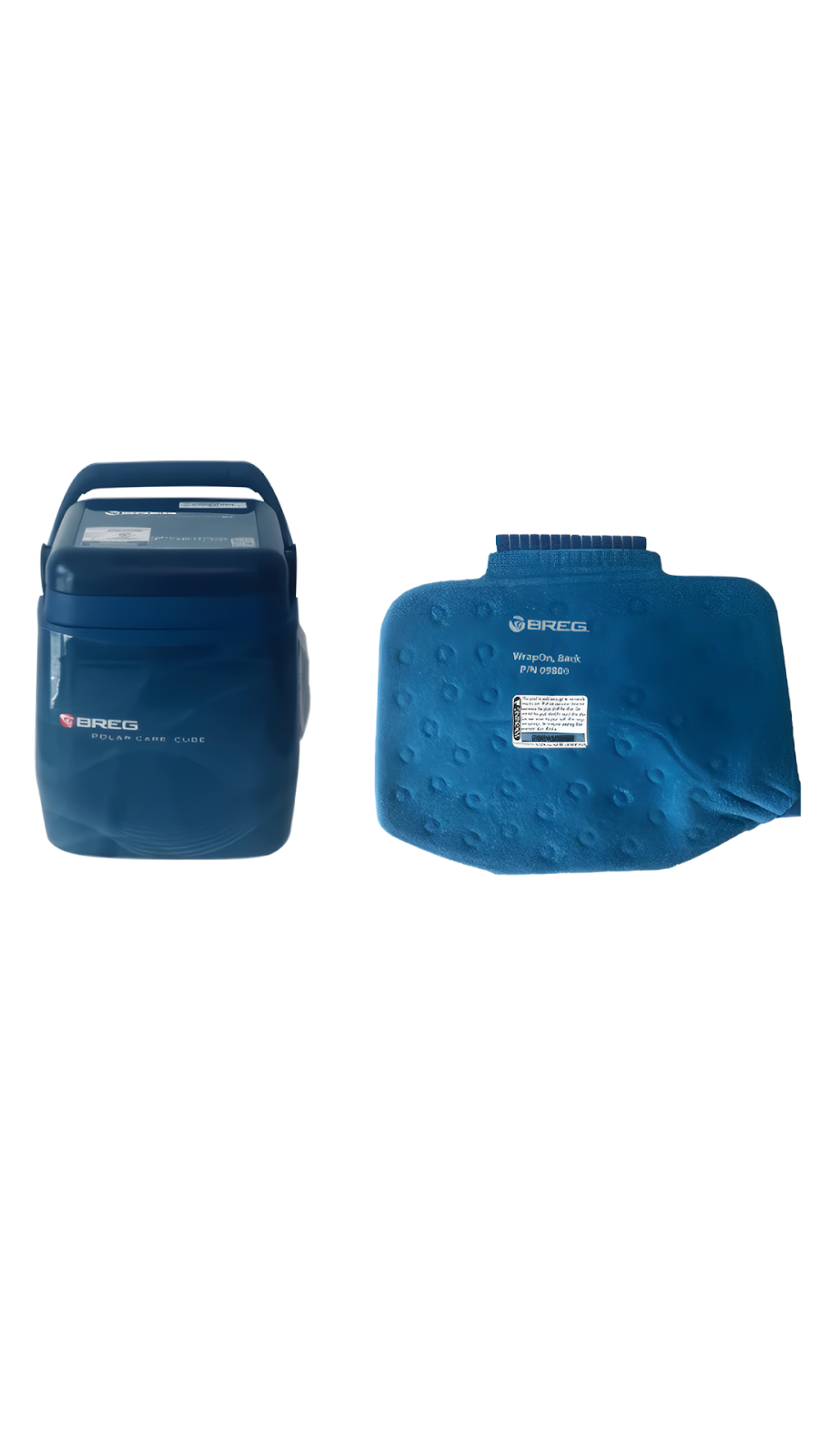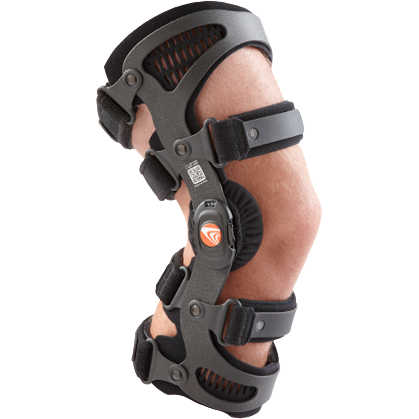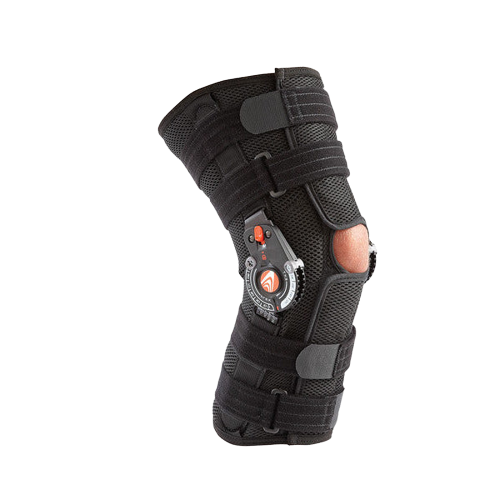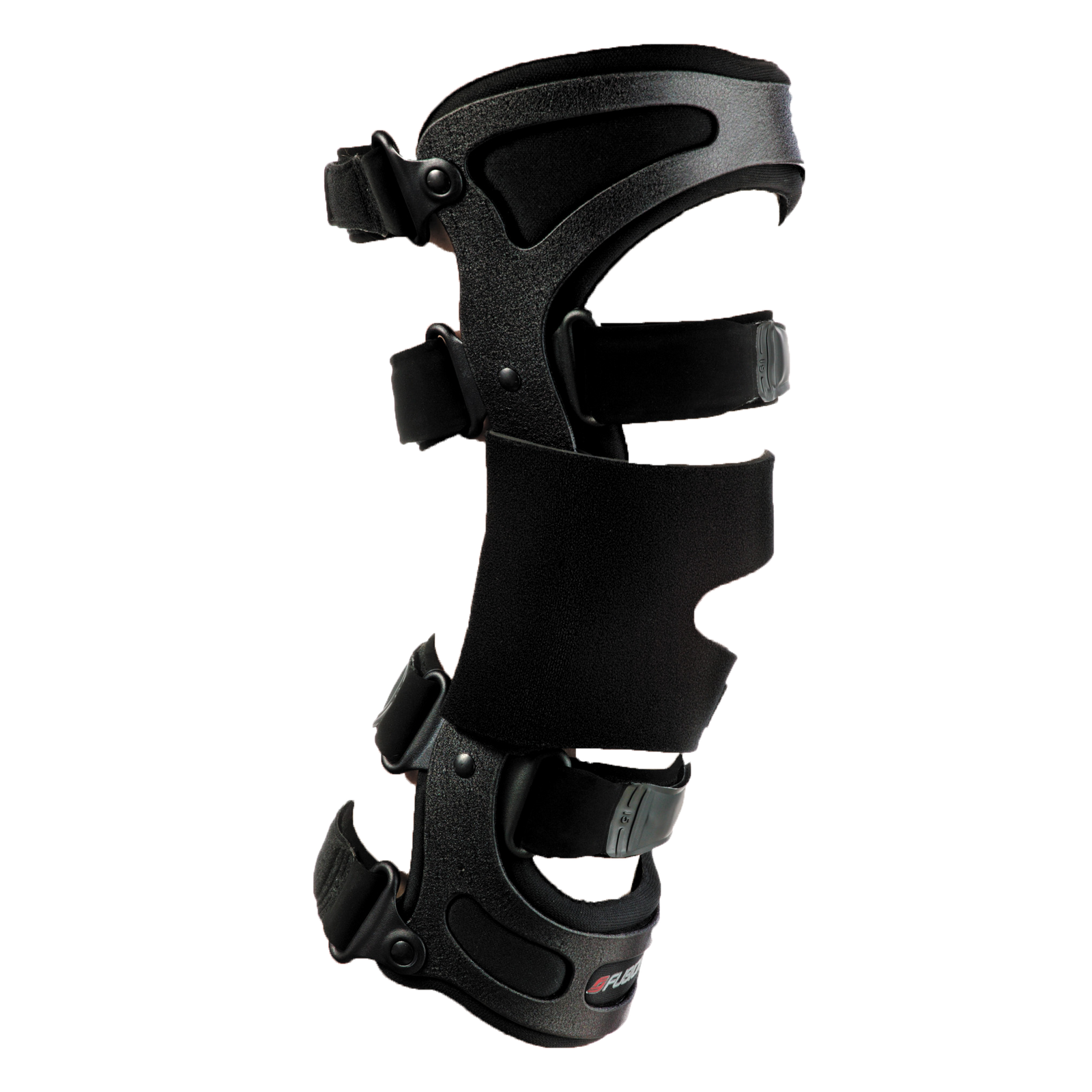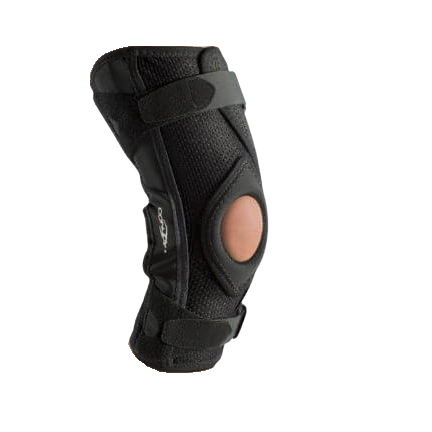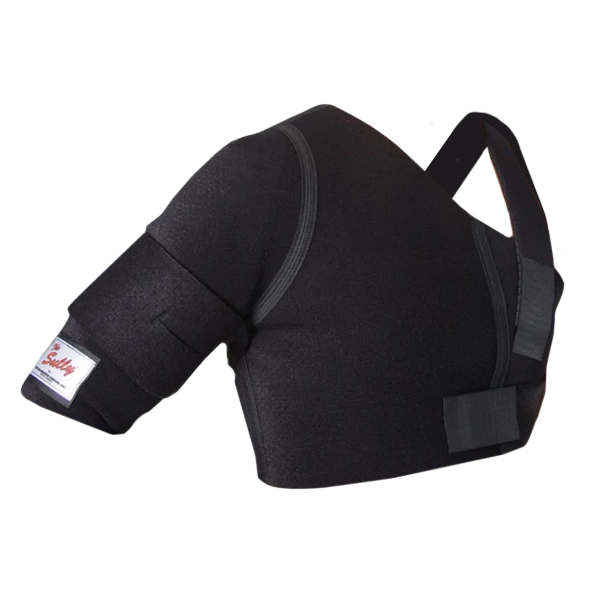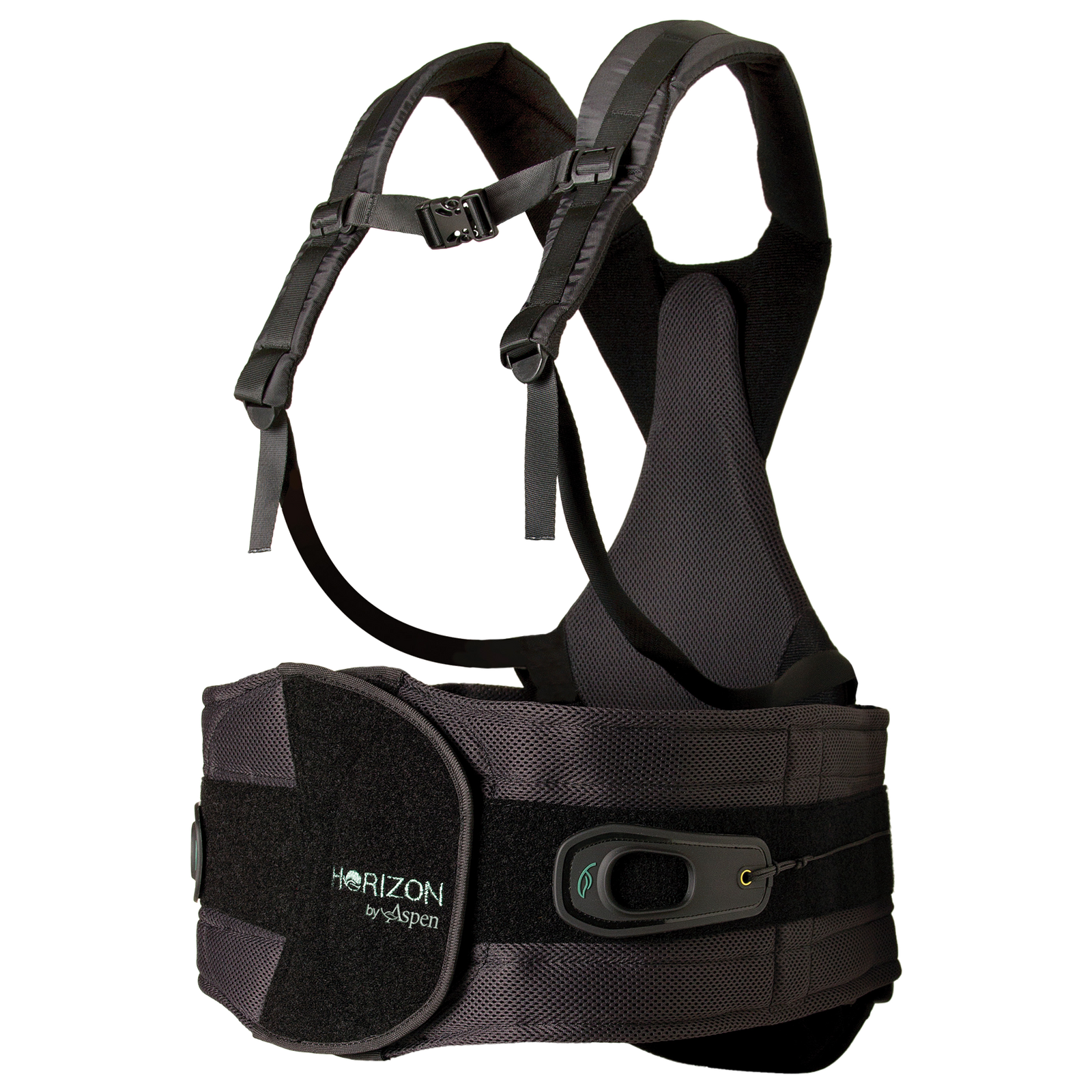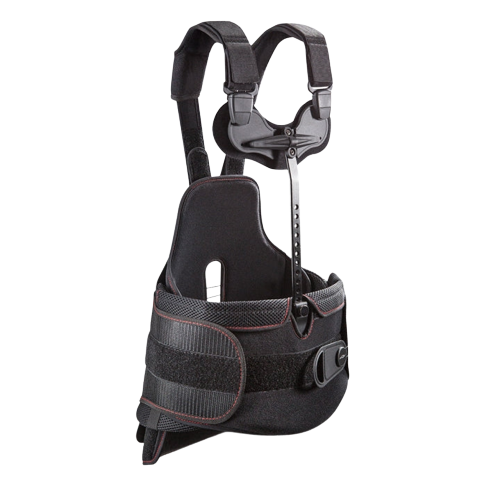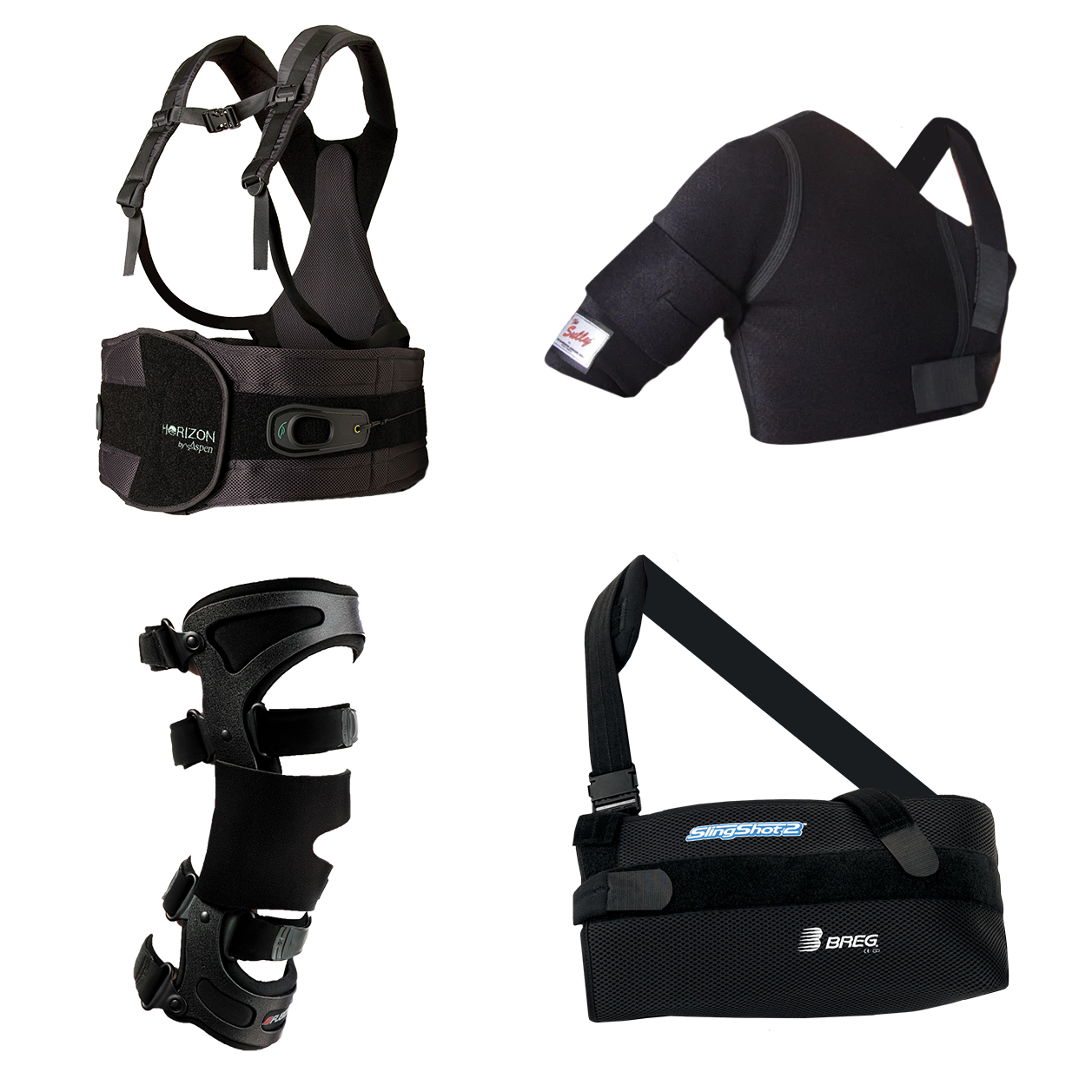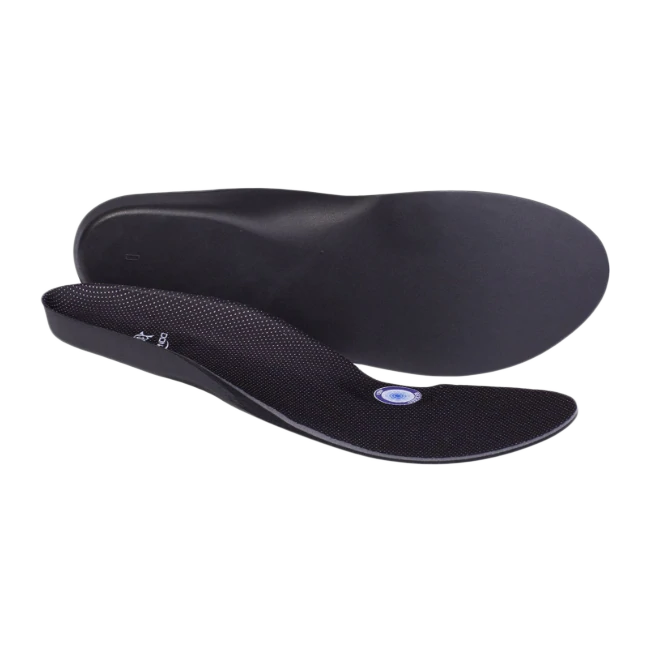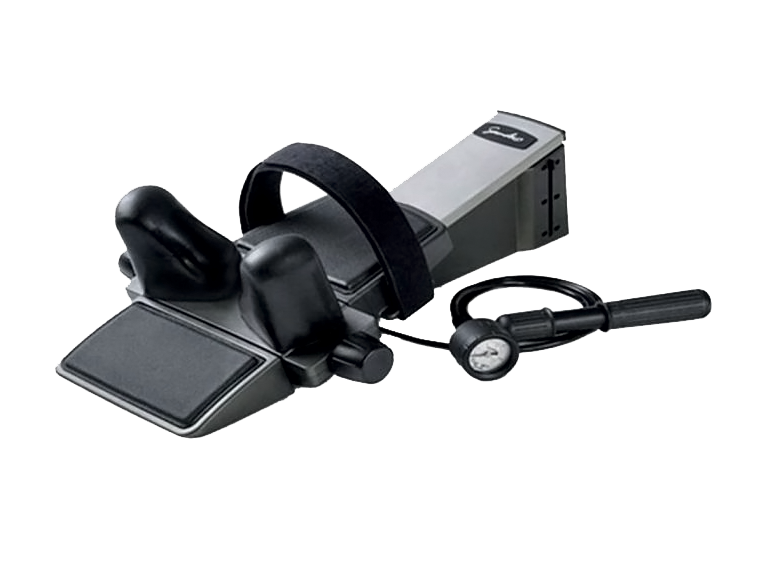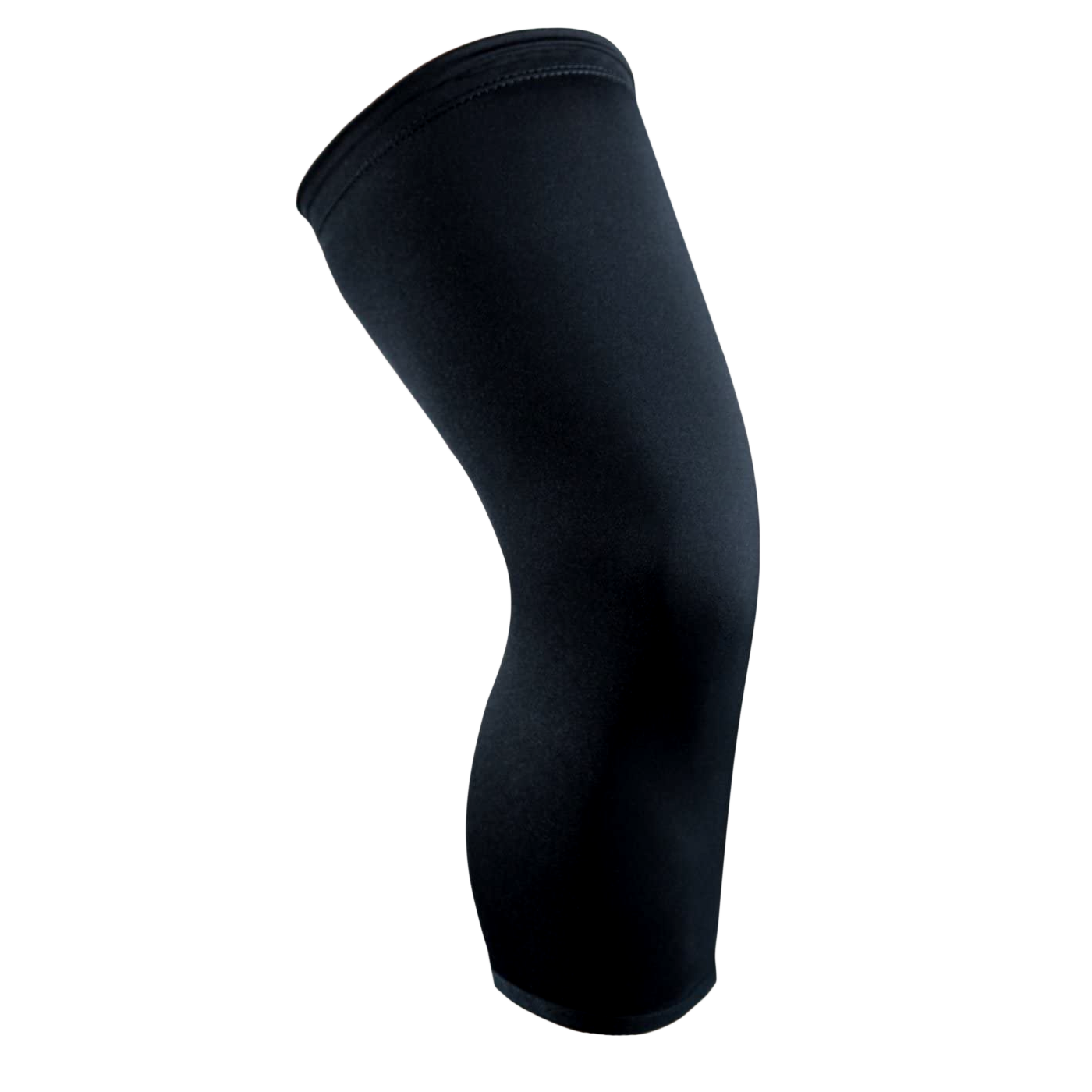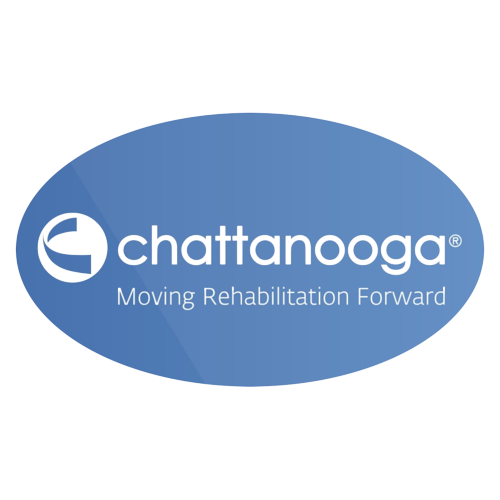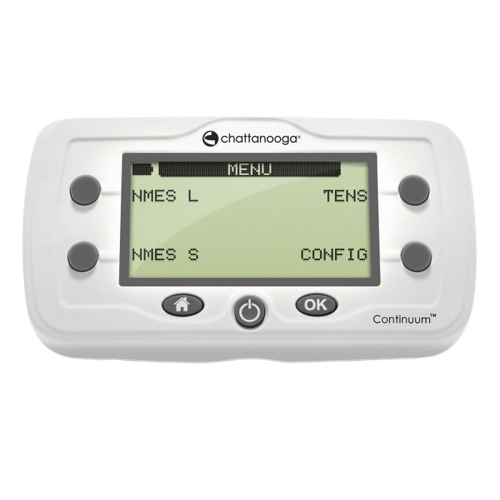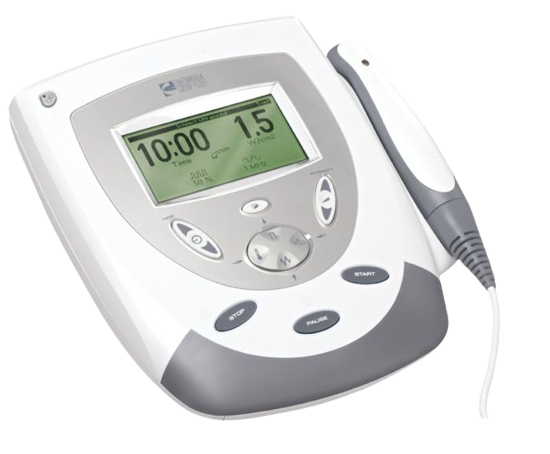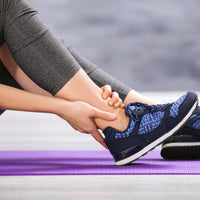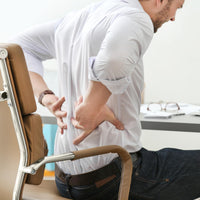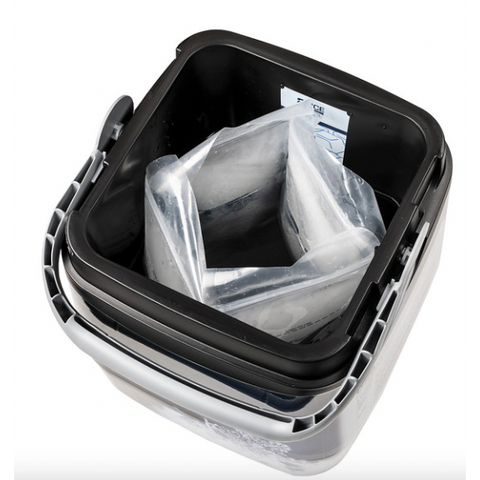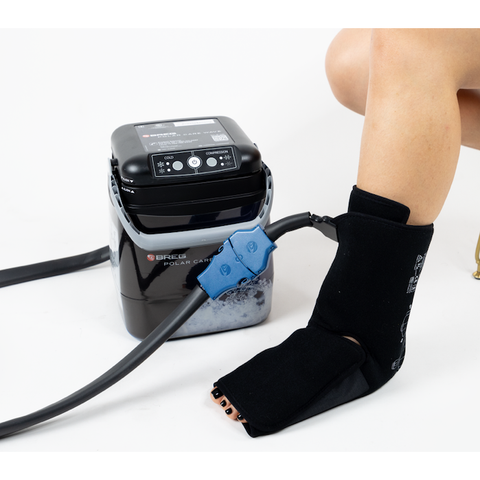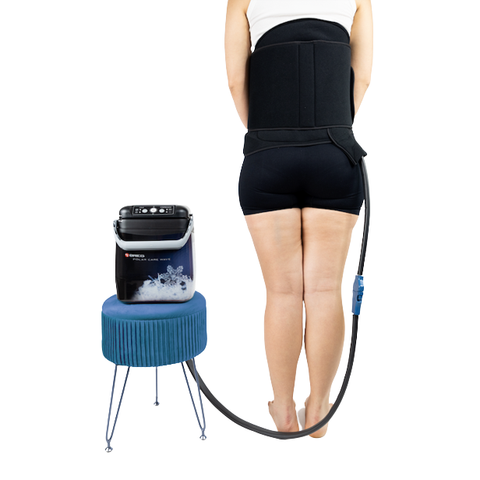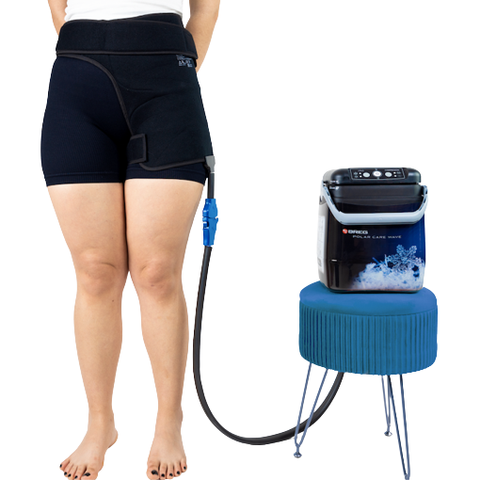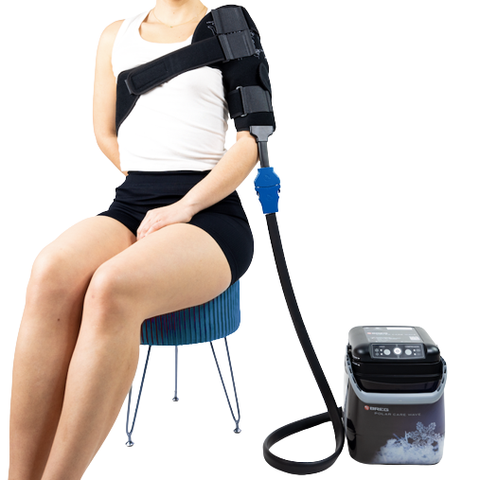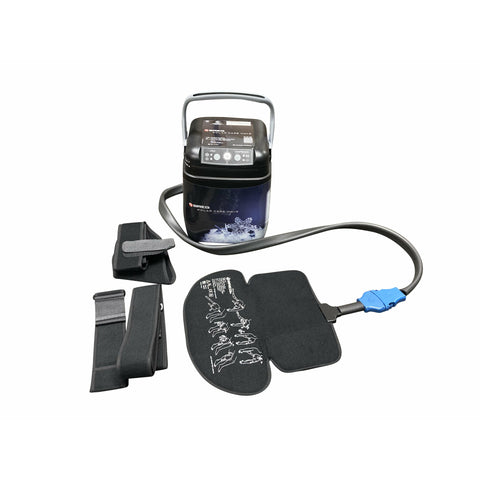
No one ever teaches you how to heal faster after surgery until you’ve already made your way out of the operation room.
Healing your body and making a full post-operative recovery takes proper knowledge and patience.
Luckily, educating yourself on what to and not to do before undergoing a serious medical procedure puts you one step ahead of the game.
Quick Takeaways
- The first 3 weeks after surgery account for 70% of your healing
- You can heal faster after surgery by avoiding several habits that will slow down recovery
- Following doctor’s orders is one of the most critical yet overlooked aspects of making a full recovery after undergoing an operation
Healing faster after surgery is simple when you know what to avoid and how to engage with the recovery process.
What to Avoid
The first 3 weeks after an operation account for up to 70% of your healing. To make the most of this time period, it’s important to learn what can help you along the way.

The first step to healing quickly is avoiding anything that will slow down your progress.
Skipping Follow-Up Appointments
You may be tempted to think you can tough out the healing process alone, but doing so can run the risk of never making a full recovery.
The first few weeks after surgery are the most crucial to healing your body, so be sure to keep up with at-home exercises and follow-up appointments to stay on track.
Smoking
Before you head into the operation room, it’s a good idea to leave your cigarettes behind.
Smoking shrinks your blood vessels and prevents your body from receiving the oxygen it needs to recover.
To ensure a smooth healing process, quit smoking at least 6 weeks prior to your scheduled surgery. You’ll thank yourself later!
Sugar and Salt
Consuming too much refined sugar will lead to increased fatigue and limit your motivation to be mobile. Limit your sugar intake so you can feel ready to move when your doctor gives you the green light.
Similarly, consuming too much salt will cause the body to retain water and increase swelling. For the two weeks immediately following your operation, it’s recommended that you adhere to a 1.5g (or 1500 mg) limit of sodium per day.

Heavy Lifting
Lifting anything heavier than a coffee pot should be left to someone else. Being aware of what your body can and cannot do post-operation is important to making a full recovery.
Go easy on any strenuous activity and never try overexerting yourself, especially while alone. Ask for others to help out with household chores so you can let the healing process do its job.
Staying in Bed
Staying immobile for too long after an operation can invite a number of complications, such as:
- Blood clots
- Pressure ulcers
- Pulmonary embolisms
- Weakening of muscles
Even if you feel tired, resist the urge to sleep it off and get moving. Getting out of bed will shake off fatigue and speed up digestion, ultimately aiding the healing process.
Accelerate Your Healing
Avoiding tasks that will hinder your ability to heal is a step in the right direction. Continue reading below to learn how to accelerate your healing process.
Follow Instructions
This may seem like a no-brainer, but many patients take the healing process into their own hands shortly after returning home. It’s easy to skip healing exercises once you start feeling better.
Remember that seemingly simple or unimportant instructions are given for a good reason. Following them closely will encourage a speedy recovery and avoid post-op complications.
Be sure to listen to your doctor and ask questions if the meaning behind instructions is unclear.
Control Your Pain
Keeping your discomfort under control after surgery is important to the healing process. Although being pain-free post-op is an unrealistic expectation, minimizing your pain to enable movement and rest is key to accelerating recovery.
Cold therapy is one of the most dependable methods of pain reduction and can often replace the use of opioids after an operation. Did you know that 80% of patients are prescribed opioids after surgery and 1 in 20 patients continue to use opioids after they are no longer needed?
At OrthoBracing, we believe that the Breg Polar Care Wave is one of the best ways to receive benefits of cold therapy. This medical ice machine combines cold therapy with compression to provide the ultimate tool for instant pain-relief and healing.
Having a cold therapy machine readily available can minimize or eliminate opioids as a means of treating your pain. Talk to your doctor today about using cold therapy to aid in your pain management.
Eat Right & Stay Hydrated
After surgery, you may feel constipated or nauseous. Although you may not feel hungry, eating a healthy diet will promote healing.
Foods you should consume post-operation include:
- Protein
- Vitamin C
- B12 and Iron
- Fiber and probiotics
Supplying your body with the nutrients it needs to heal will help speed up your recovery process.
In addition to eating a healthy diet, be sure to drink plenty of water. Staying hydrated will help avoid infection and post-operative complications.
Get Moving
Walking after surgery is one of the most important things one can do to ensure a successful recovery. Even a quick walk around the house every hour or two can help prevent serious complications like blood clots and pneumonia.
Once you’re comfortable walking, physical therapy can help you regain complete mobility. During your sessions, you’ll focus on:
- Range of motion
- Strength
- Conditioning
Staying on a regimented schedule that promotes low-impact movement is one of the best ways to enhance the healing process.
To learn more about moving and eating after surgery, enjoy the video below.
Ask For Help
If you are in pain, don’t be afraid to ask for help. Keeping your pain at a manageable level will avoid increased risk for developing a blood clot or pneumonia.
Simply asking a family member or friend for assistance with daily tasks or contacting your healthcare provider for assistance will help ensure a smooth road to recovery.
When To See Your Doctor
It’s important to contact your doctor if you have any concerns or aren’t recovering as well as expected. If you have increased pain or fever, seek medical attention immediately.
Start Your Healing Journey Today
After learning how to heal faster after surgery, you’re one step towards making a full recovery. Before implementing these steps into your routine, be sure to review them with your healthcare provider.
For more of the best tips, tricks and tools to enhance your healing process, visit orthobracing.com today!

